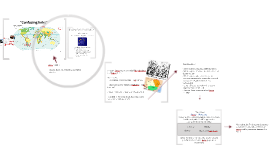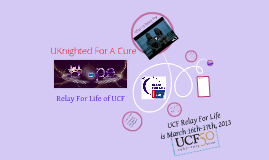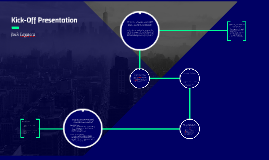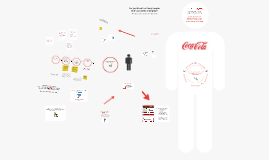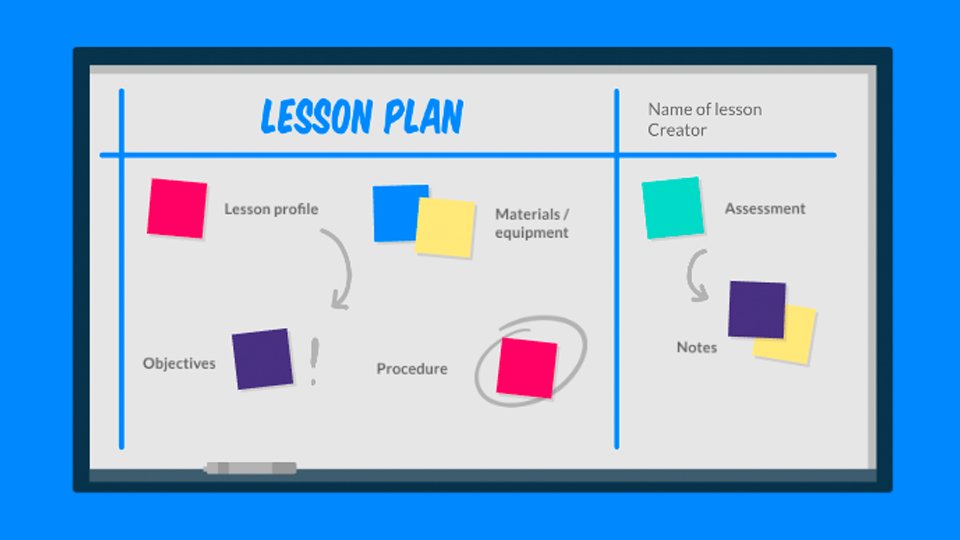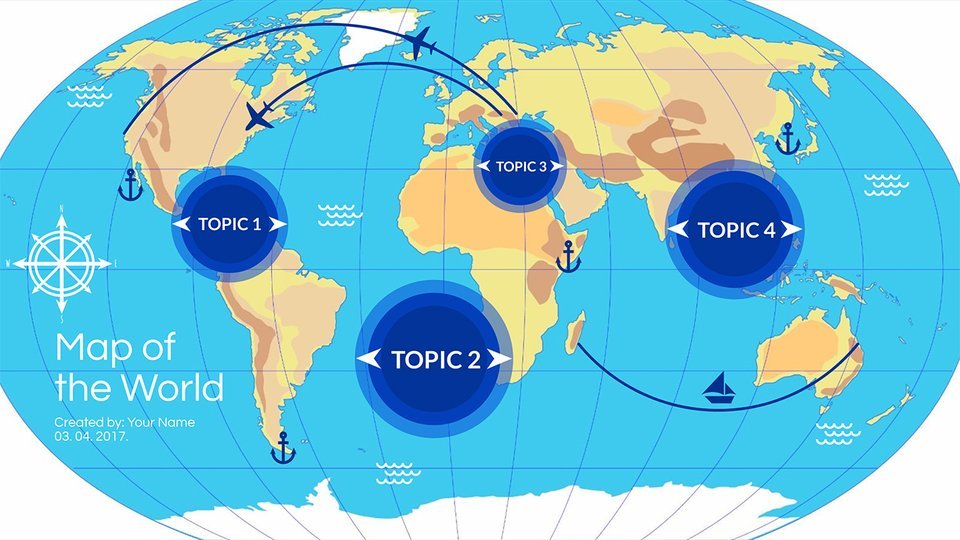Kick Off Presentation
Transcript: "Confusing links" New questions: - Are movement reasons solely economic? - What happened to the role of violence and discrimination? - What happens when movement and networks transcend European borders and incorporate new global trends (e.g. technology)? - Is activism playing a role in this recent migration wave (1971- ...)? - How do these processes affect Roma identity? Main Objective: Tracking the discourses and practices associated with recent Roma mobility processes towards the "West". Migration / Nomadism The phrase (2010-2011) - Inclusion of central and east European countries... - Freedom of movement (?) Do we let everyone move? (who is everyone?) What happens to the borders? Freiburg Cultures of Mobility in Europe... San Juán de Girón My purpose became, then, create a project that would include all these doubts and questions... BOGOTÁ. (2006 - today) - First attempt: in the streets... - First contact: Conferences and Performances. - Anthropology Studies: National University of Colombia --- Thesis title "Lo gitano" / "Gypsiness" The role of stereotypes on these public performances F. Barth - "ethnicity" --- S. Moscovici - "social images" --- V. Turner "liminality" C. Silverman - "Gypsiness" --- T. San Román - "estigma". During and after fieldwork: - Stories of Roma migration - escaping from the fascist regimes... (Germany!) - Roma networks of travel: all Colombian cities, Argentina, Venezuela, Spain, USA, Canada... -Digital networks (cell-phones; internet...) - Stories of trans-continental Roma movement (Czech R., Opre Roma) - The first academic text I read about Roma people: "Le Vurmi le Trayoske" (Höllander: 2004) - "The trails of life" [Santiago de Chile]. (Roma) (Movement) Mobility Given the diversity of contexts, discourses and practices associated to Roma population movement. Leiden Tracking Strategies: Multi-sited Ethnography Following the Paths... Following the life - the conflicts... A translocal endeavor: "chains, paths, threads, conjunctions, yuxtapositions"... Scalability... Identity in the context of... - The only town famous in Colombia for the presence of Roma people. - Where Prorrom, the first Roma activist organization in Colombia, was born. The European Union (1993 ... 2002... 2004... 2007) Practices: - Daily negotiation of identities... - Creation, reinforcement, dillution of (multiple) connections... - Concrete dynamics of networks (technology, family, activism, religion, etc.) Ethnicity E. Acuña made me think about intertwining the topics I was familiar with, with COME´s approach... ...using the following concepts: - The myth says, it was the place where a Hungarian theology student, Vályi István, compared Romani with Sanskrit: the Roma Diaspora theory was born. - Talking about Roma/Dutch travelers with people from all over Europe... - The project that I had always wanted: an approach to the daily life of the Roma I had worked with. - Cultural anthropology emphasis: Multi-sited ethnography. Ethnic identity contruction Verkuyten - "ethnic identity" --- Nagel - "ethnicity" --- A. Tsing - "scalability" J. Okely - Diaspora revision --- D. Mayall - "historical constructions" Historical associations: The stranger/the foreigner: - Romantic movement: the exotic traveller - The dangerous traveller (beggars, vagrants, etc.) Origin / Ancestry: - The Romani speaker diaspora... A "nomadic present lyfestyle": (1997 - today) Roma Mobility Includes, but is not limited by, European borders... A recent Roma migration model (Marushiakova and Popov 2010)-- Three waves: - First appearance in Europe - 15th Century - Slave Liberation (Moldavia, Wallachia) - 18th Century) - Recent migration - 1960´s on (Westward...) Inscribed in the continental labor migrations towards the "rich West". (?)







